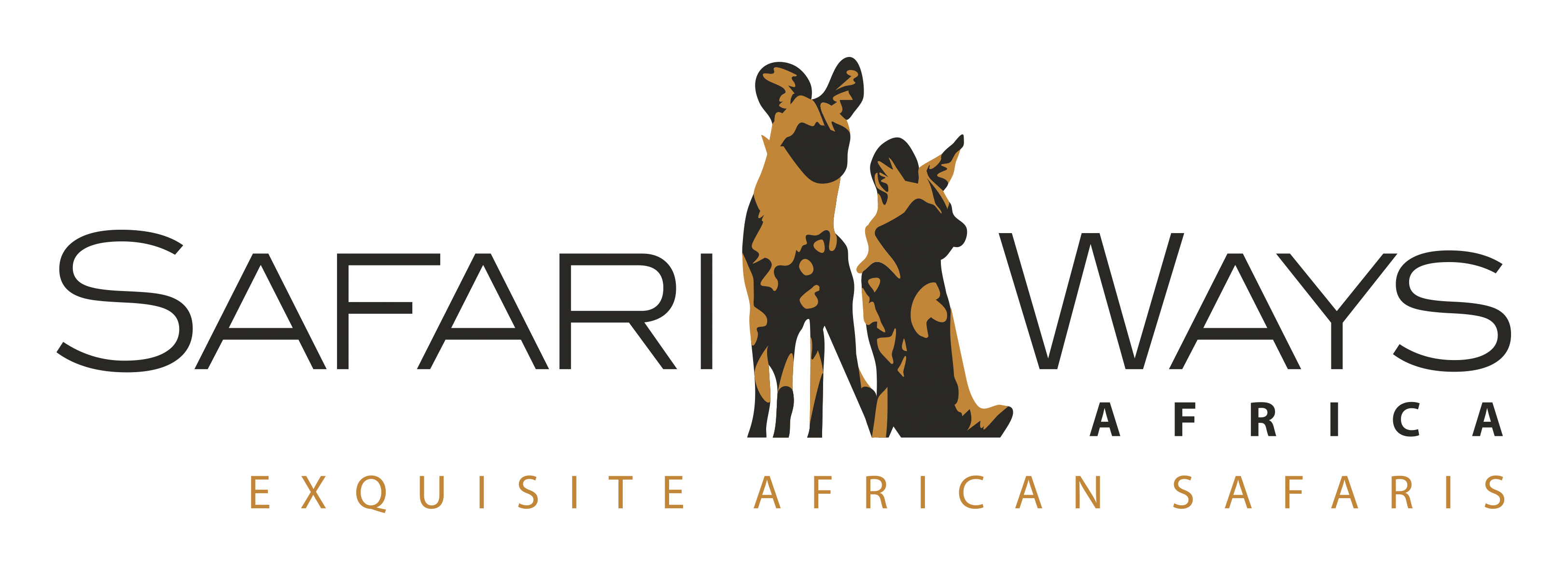Taking a Botswana safari through the Nxai Pans National Park will introduce you to many sights and sounds of the true African wilderness. Nxai Pan and Makgadikgadi Pan, are the largest salt pans in the world, offering unique safari experience, with great game viewing and bird watching challenged by spectacular scenic views and natural isolation this African safari is well worth the cost! Open all year round, these parks offer rare safari opportunities particularly in the green season.
Most African game parks are at their best during the dry winter months (June to September) when short grass makes game viewing easier. At Nxai Pan it is quite the opposite; when the first summer rains start to falls in November and December – this part is transformed from an acid wasteland to a veritable Garden of Eden. The dry salt becomes covered with grass and scrub as well as the animals arrive in their thousands.
The Nxai Pan is a breeding ground for herds of Zebra, Wildebeest, Gemsbok, Eland, making it an important nature reserve for any African wildlife enthusiast. However, spot other wildlife such as Lion, Giraffe, Kudu, Impala, Ostrich, fascinating birdlife and large number of Springbok, together with a good population of Jackal, Bat-eared fox, Spotted hyenas, Hartebeests, Raptors and Cheetahs.
Nxai Pan also has great bird watching opportunities, especially in the wet months. There are many raptors in the area and Kori bustards, Korhaans and Red necked falcons can all be spotted. Once the pans fill up after the rain – there is a huge influx of Flamingo.
Nxai Pan is one of the best places in Botswana for excellent Cheetah sightings. The flat expensive landscapes is perfectly suited to these swift animals which can outrun any prey in these conditions. There are regular good sightings all year around, but Cheetah activity also reaches a peak during the green season.
However, during the dry winter months, most of the game activity at Nxai Pan is centred around the permanent waterhole and the Lions are regular visitors. There are several prides of lion in the park and they are regularly spotted out in the open – due to the stark landscape which does not offer too many hiding places. There are also good regular sightings of leopard.
The world’s second largest zebras migration take place here every year. When approximately 25,000 zebra migrate south from the Okavango Delta to Makgadikgadi and Nxai Pan and back. The distance of nearly 600 kilometres. They reach Nxai around the same time as the summer rains (November to December) and this is where the latest batch of baby Zebra is born.
Yet, this huge maternity event coincides with all of the thousands of Nxai Pan Springbok and the plains are filled with baby Zebra and Springbok for several months – a feasting time for predators.
Here you will go on a walking trail with one of the local San Bushmen who will give you an insight into the harsh life in this arid land, plant gathering, fire making, hunt and trap setting as well as other survival essentials are all on the agenda.
Baines’ Baobabs are thousand of years old and form a dramatic and unusual sight in the middle of the dry saltpan. They are at their best in the green season, when they form a small island of vegetation in the middle of the water-filled pan – an absolute must for photographers.

